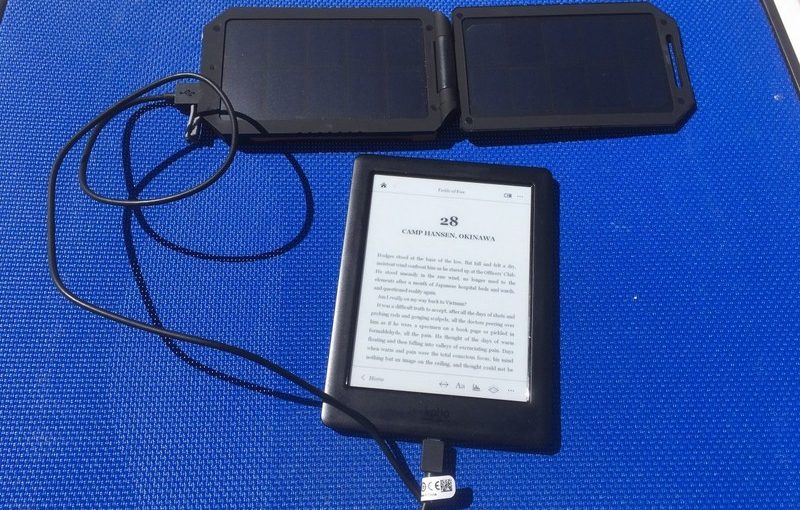Table of Contents
While in Spain for three weeks I was playing with the Xtorm solar Charger. I found that it worked well for the charging of tablets and e-book readers but not mobile phones.

For years I have wanted to play with solar power. I have wanted to buy a solar panel that I could fix to my bag or that I could use to charge devices. I often looked at the price and weight and changed my mind. I don’t want something that adds kilos to my load, especially if I am climbing.
With a small device like the one pictured above you can carry it with you and use it to charge devices. When you drive to the hike or climb, or when you stop for lunch or a drink you can take out this device and start charging your phone, gps, led lights or other devices.
if you want to charge devices to 100 percent then I would recommend charging ipads, ebooks, gps watches and other devices with this device. I found that it’s great for providing a phone with a top up charge but that because of my mobile use patterns it will only provide one full charge per day.
When we hear people speak about solar power we always hear about “How do we store the power we generate so that we can use it when we need it?” and I found a way. When I woke up in the morning I would put the solar charger near a window or outside if there was no chance of rain to charge up to over 75 percent. When it reached this charge I connected the solar charger to a 10,000mah external battery.
It is by using this technique that I have been able to keep my external battery fully charged with no need to plug it in to mains power. In effect it means that I can charge the ipad, the phone or the e-book reader without using mains power.
Strengths
It has a 6000mah battery and can charge two devices at once.
Weaknesses
If I was designing such a device I would ensure that the battery could charge within an 8-12hr window rather than 15. I found that to recharge the internal battery fully it would take two days.
This type of device needs to be rugged. It has to be rain resistant and transport resistant. I want to be able to leave it exposed to the sun without having to worry about the risk of rain. I would also like it to feel solid enough to be fixed to a bag when hiking or climbing. In it’s current configuration I would leave it near the bag when sitting for lunch or when at a climbing wall. I would not fix it to my bag during a via ferrata.
Conclusion
I’m happy with this solar charger. I have found the ideal use case for it and I look forward to experimenting with it over the summer. I think it would benefit from having a battery half the size that could be fully charged in half the time. It now tempts me to get a second larger solar panel to keep the laptop charged over the summer months.

Leave a Reply